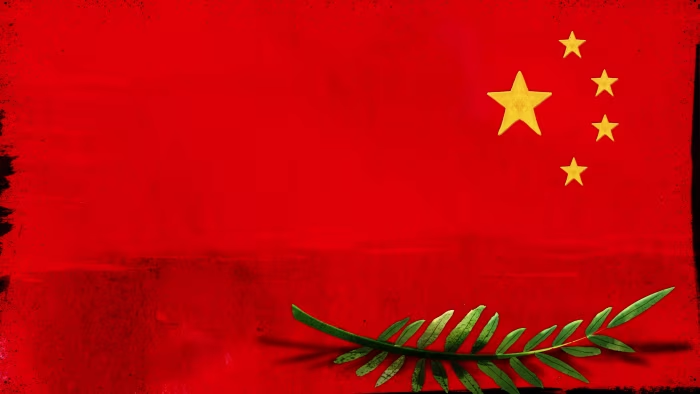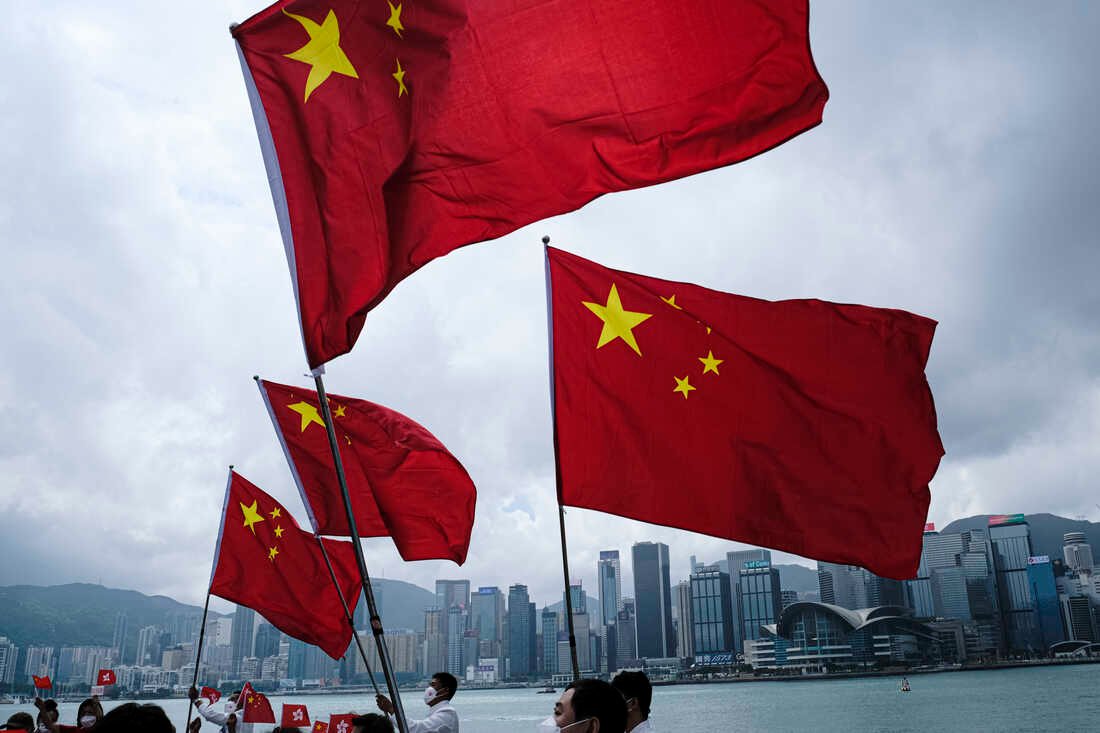China came to Trump’s trade war ready to fight.” As the United States and China continue their economic standoff, both sides have issued tariffs and countermeasures, escalating tensions with no resolution in sight.
President Donald Trump said in a statement:
“The ball is in China’s court. China needs to make a deal with us. We don’t have to make a deal with them.”
But Beijing responded firmly. A spokesperson for China’s commerce ministry stated:
“[The US needs to] take a big step to correct its mistakes, completely cancel the wrong practice of ‘reciprocal tariffs’ and return to the right path of mutual respect.”
The Trade War: A Timeline of Tariffs and Reactions
Miles Bryan explained that the trade situation has been fluid:
“It’s been changing nearly every day.”
The turning point was April 2, when President Trump announced
“his ‘Liberation Day’ 10 percent baseline tariffs on every country, with higher so-called reciprocal tariffs on many countries on top of that.”
This created
“days of chaos, stock market swings, bond market problems,”
prompting Trump to pause the reciprocal tariffs — but not those targeting China.
Currently:
“They’re at 145 percent for most items, which is just a massive, a massive blow to trade between the United States and China.”
While some consumer electronics were temporarily spared,
“Trump says tariffs on those goods are coming back down the line.”
China retaliated by
“halting delivery of some orders it had with Boeing”
and suspending
“some rare earth mineral exports to the United States.”
Additionally, it placed
“a pretty broad 125 percent tariff on most US goods.”

Why China Refuses to Back Down
Bryan noted:
“China is not backing down.”
And China has responded with more than just policy.
“State media, Chinese social media users, and the Chinese Embassy in the United States have been putting out all these reports and funny cultural memes,”
including
“videos of Mao Zedong… pieces on how dependent Trump is on China for his merchandise; and even strange AI-generated videos showing fat Americans, stitching together Nikes in an American factory looking sad.”
This messaging, Bryan said, is
“stuff designed to hit us where it hurts in terms of stereotypes,”
but also
“to point at the inanity of our seeming attempt to reshore things like shoe and T-shirt factories.”
China is standing firm for several key reasons.
Reason One: Years of Preparation
“Chinese leaders learned from [Trump’s first-term tariffs], and since then, they have been preparing, hardening their markets, and building relationships with other countries.”
Reason Two: It’s a Matter of National Legitimacy
“They feel like this is an existential question for China and for the legitimacy of China’s Communist Party.”
They see no upside to working with Trump, especially
“how Trump treats countries that acquiesce… how he treated Zelenskyy in the Oval Office. And they say, That kind of belittling is unacceptable.”
Reason Three: China Thinks It Can Outlast the Pain
“Chinese leaders just think that they can tolerate pain to a much higher degree than the United States can.”
Over the past decade, Chinas has invested heavily in key industries:
“some of the best electric cars in the world, some of the most advanced robotics, some of the best EV battery technologies.”
These are industries with global demand, even if the US doesn’t buy:
“Europe or other places will.”
Unlike the US,
“There aren’t elections in Chinas in the way we think of elections. Dissenting media and voices are suppressed very effectively.”
Evidence supports this strategy:
“Trump walked back the reciprocal tariffs when the bond market looked shaky, he paused tariffs that would affect big American companies like Apple. He’s been signaling that he wants President Xi Jinping to call him.”
Short-Term Pain, Long-Term Positioning
Bryan made clear:
“Nobody wins a trade war. This is going to hurt Chinese exporters. It’s going to hurt the Chinese economy… and because Chinese consumers haven’t been spending enough money.”
Still,
“a trade war is also going to cost American consumers a lot of money, and it’s going to hurt American manufacturers who end up sourcing parts from China.”
And ironically,
“The US putting big tariffs on low-value items like shoes and T-shirts… only encourages China to put more focus on the advanced manufacturing of the future.”
China as the More Stable Global Partner?
“In the medium to long term, China could come out of this looking like the more stable partner.”
Xi Jinping has been actively engaging other countries:
“He’s been in Vietnam and making overtures to the European Union… saying like, Hey, we’re the standard bearers for normalcy and stability, work with us.”
Bryan’s conclusion?
“This is going to make the whole world not just poorer, but more dangerous.”
Trade between the two nations
“is a stabilizing force… Without trade, China has less of a reason to not act unilaterally and invade or blockade, or do other stuff that we don’t want to see happen.”
A Multipolar World, Not a Chinese-Led One
The outlook isn’t that China will dominate globally. Instead,
“The trade war might have sped up the movement towards a more multipolar world.”
One where
“China doesn’t replace the United States… but maybe the US loses that position.”
Both countries may
“have their spheres of influence and spheres of trade, coexisting, but in a fraught — potentially explosive — way.”




